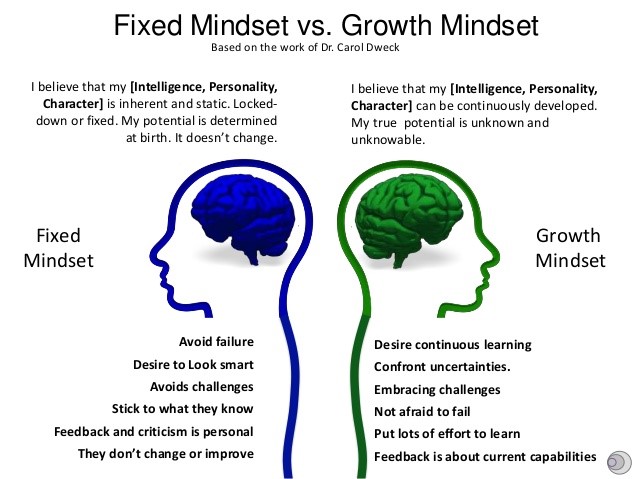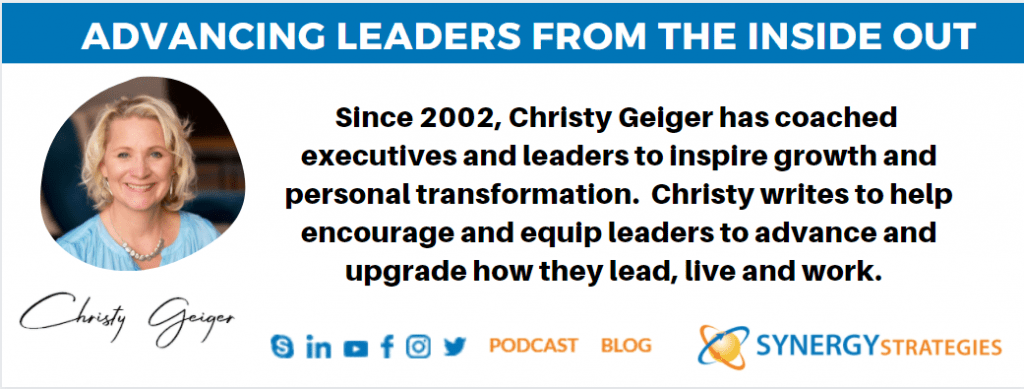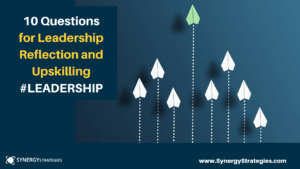The Google dictionary definition of prosperity is “the state of being prosperous”. Synonyms listed with the definition include profitability, affluence, wealth, opulence, luxury, the good life, milk, and honey, (good) fortune, ease, plenty, comfort, security, and well-being, for example, “she deserves all the prosperity she now enjoys.”
While the definitions and many in society use “prosperity” as a reference to financial riches and gains. There is a related school of thought that widens the framework of prosperity to not just be “prosperous” financially, but to include a way of being, called “prosperity thinking or mindset”. This is talking about the ability to view your whole life through a lens of prosperity in your thinking. This is significant because research has shown a great majority of a human’s thought is negative, which is the opposite of prosperity thinking. There is a variety of research showing negative thinking is more natural to the human being, which would mean prosperity/positive thinking, and thought is not natural to the human being.
- 80% human thoughts per day are negative (2)
- our attitudes are more heavily influenced by bad news than good news (3)
- in the English dictionary, 62% are negative emotional words vs. only 32% are positive words (4)
- 75-98% of mental and physical illnesses come from our thought life! (1)
In my years of study, learning and working in personal growth and development, psychology, counseling, and coaching, there are a few concepts that come to the top to help you shift your thinking to a more prosperous mind. The value of this is not only positive to your mood and inner well-being but affects you physically and ripples into the rest of your life (actions and attraction). Some might find the topic of positive psychology to feel “fluffy”, “rosy thinking” or unrealistic, however, when people find themselves surrounded by negativity, depressed, stuck, and constantly fighting “funks”, these simple practices can change their life.
While simple, on one hand, these are multifaceted “practices” to develop and master in your life. There are books that dive deeper into the topic, but for the sake of introduction, here are three components I have found to be key to developing and growing your prosperous mind.
- Growth or Fixed Thinking. To have a prosperous mind – you want to have GROWTH THINKING vs. FIXED THINKING. This concept is more commonly taught in the academic and education world, however, it is a foundation of learning and a core way of thinking, learning, and growing that applies to our entire life. Mindsetworks.com is a site that explains the origin of this concept. Dr. Carol Dweck, a Stanford professor, studied thousands of children and coined the term “fixed” and “growth” mindset to describe the underlying beliefs people have about learning and intelligence. When students were encouraged in growth thinking (“learning is my goal” and “effort makes me stronger”) their scores and results improved. In contrast, those who have fixed thinking, focus on their limitations and can even be a victim of the skills and talents they believe they do or do not have without any control to make themselves better. This is about your beliefs and focus. https://www.mindsetworks.com/science/ This is a great YouTube to explain how it works: https://www.youtube.com/watch?v=75GFzikmRY0
- Abundance vs. Scarcity. To have a Prosperity Mindset, look at what IS POSSIBLE vs. what IS NOT POSSIBLE. Abundance says there is enough and there is plenty, it trusts that whatever is has perfection to it. It creates contentment and confidence of acceptance to see the value and benefit of what is. Scarcity focuses on what we do not have and that there is not enough. It creates a fear of the lack and generates a panic to take or get because there will not be enough or I might not have enough. Because of our negative natural human wiring, it is natural to see the world and life from a sacristy perspective. For example, two children are sharing and think, if I don’t get the toy I want now, I might not get it. As an adult, if you don’t get a job you apply for, scarcity worries, I won’t get a job or did poorly. The difference is an abundance mindset, which has similarities or overlaps with the growth mindset sees it differently. Abundance knows I will have time with the toy sometime. Abundance knows if I keep trying I will get the right job at the right time. To me, abundance vs scarcity is about trust vs. fear.
- Unattachment vs. attachment. Lastly, unattachment is the ability to let something go and if it is meant to be it will come back. Attachment is one way of seeing, thinking, and doing something. Usually, attachment is being attached to my way. I have a preconceived idea of how it has to go and look and if it does not happen that way, I see it as failure. Unattachment sets goals and has visions but is open to how things might evolve or unfold. That does not mean getting off course or ten directions, it just means being flexible to possibilities and opportunities as they present themselves and being open enough to recognize them even though they might not have been what you expected. For example, you really want a job at Apple, but do not get it. You are given the opportunity to volunteer at the high school and help with the tech club, which would be an opportunity to do something connected to your goal and create connections that would help you achieve your goal in the future. Often even better opportunities than we can imagine present themselves. This is about your attitude.
Prosperity Thinking = Growth Mindset + Prosperity Perspective + Unattachment (what can I learn and how can I grow + what is possible and what can I do + open to what happens without rules, limits, or demands on how that evolves).
A good way to test your thinking is to write your goals and then 5 thoughts about your goals. Put them through the filter and make sure they are growth-minded, have a prosperity perspective, and surrender attachments. If the thoughts are more fixed, scarcity, and attached, make a T chart and write the positive perspective on the other side. You can begin to train your thinking and shift the way you believe, think, and respond to the world. The benefits will not only bring more joy and energy to your life, but the impact you have on others will be noticeable and significant as well.
____
- There is brain research in how our thinking affects our behavior, in fact, Dr. Leaf, a leader in human brain research says, “You Are What You Think: 75-98% of Mental and Physical Illnesses Come from our Thought Life!”
- “In 2005, the National Science Foundation published an article regarding research about human thoughts per day. The average person has about 12,000 to 60,000 thoughts per day. Of those, 80% are negative and 95% are exactly the same repetitive thoughts as the day before and about 80% are negative.” By Faith, Hope & Psychology https://faithhopeandpsychology.wordpress.com/2012/03/02/80-of-thoughts-are-negative-95-are-repetitive/
- “Paul Rozin and Edward Royzman showed in their research that the negative perspective is more contagious than the positive perspective. A study by John Cacioppo and his colleagues showed that our attitudes are more heavily influenced by bad news than good news. Other researchers analyzed language to study negativity bias. For example, there are more negative emotional words (62 percent) than positive words (32 percent) in the English dictionary.” https://coachingfederation.org/blog/are-we-hardwired-to-be-negative-or-positive






